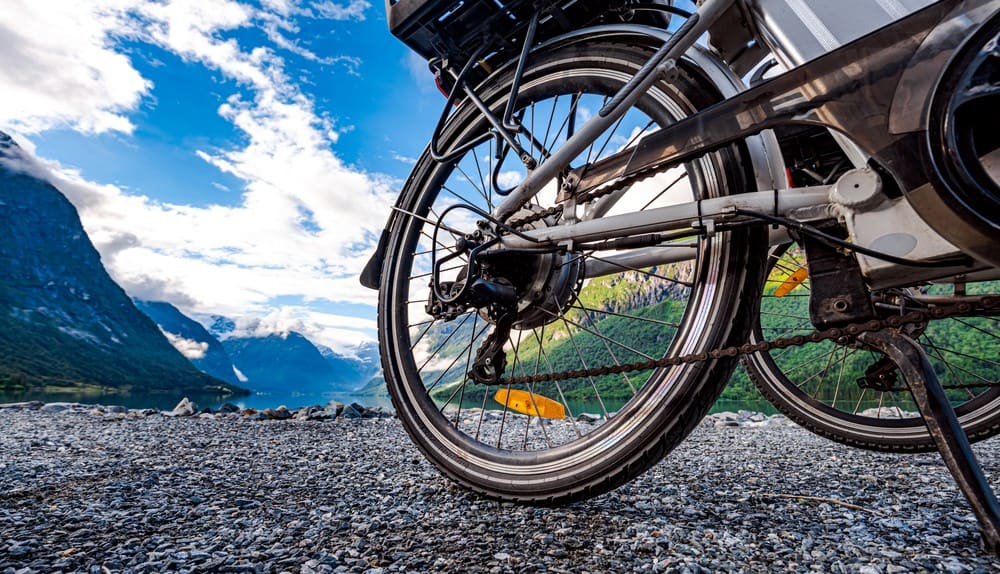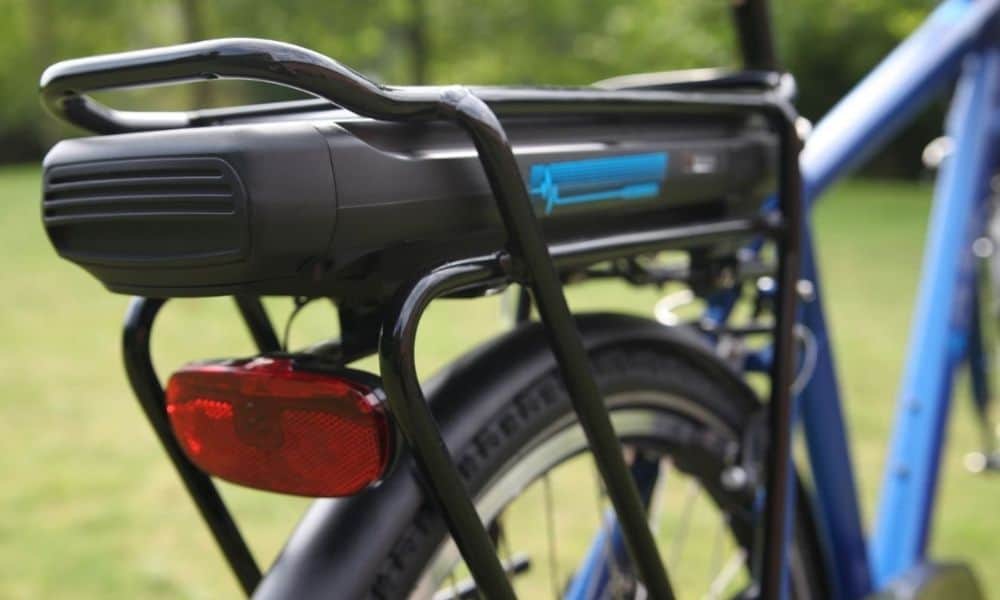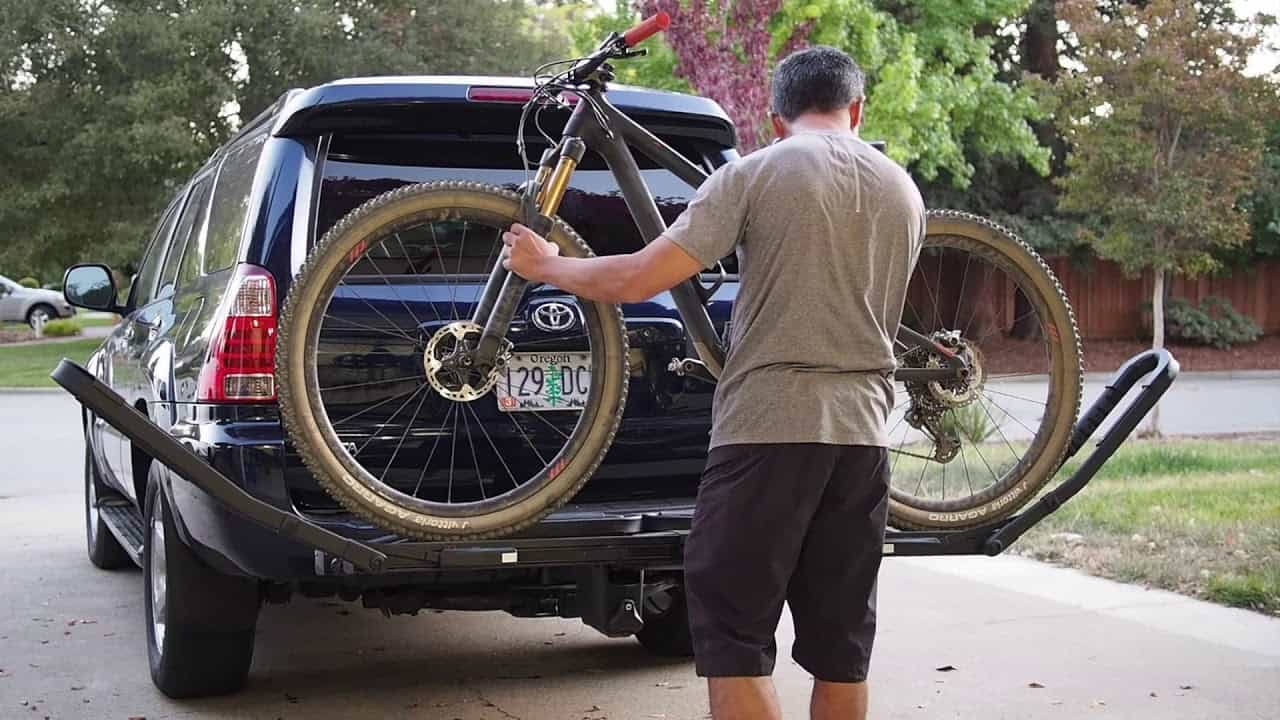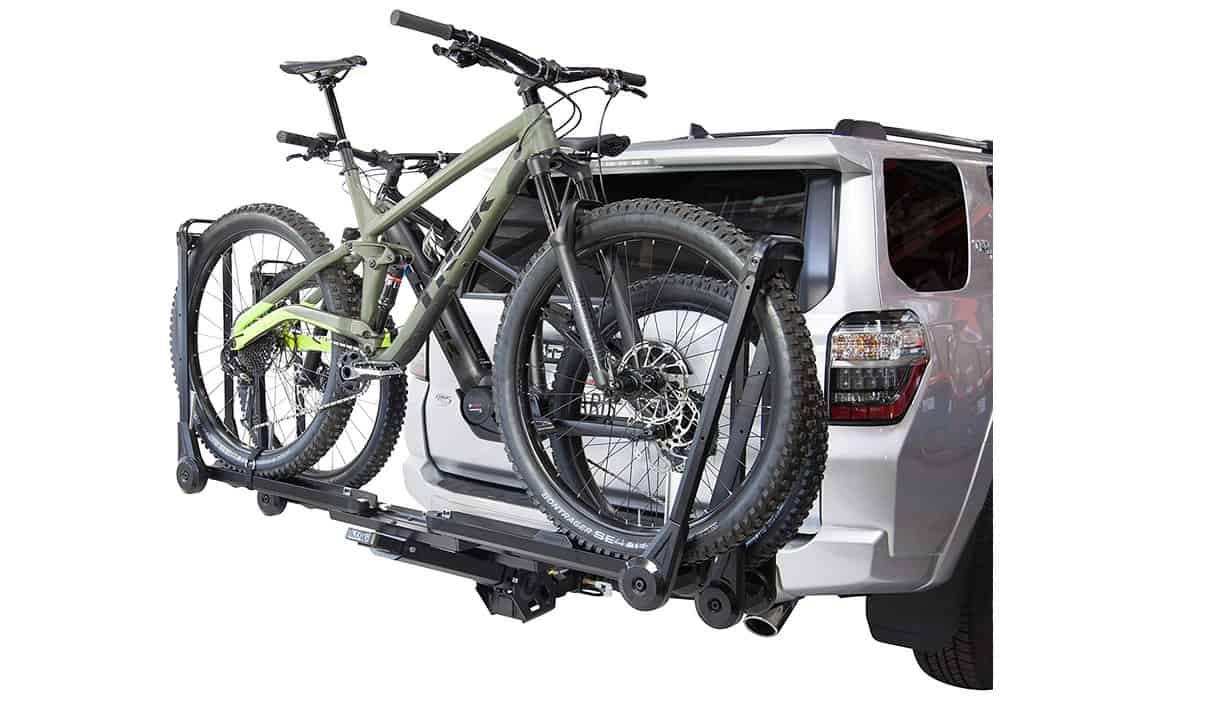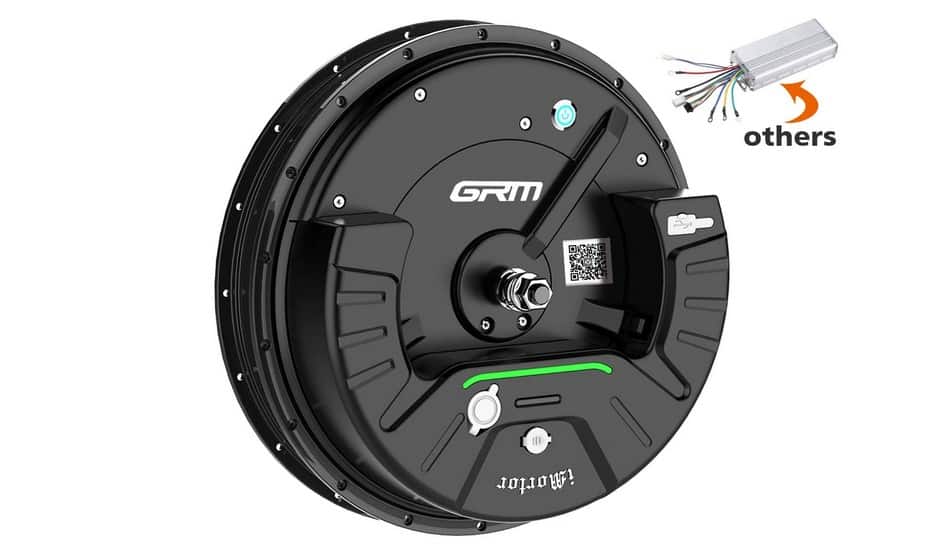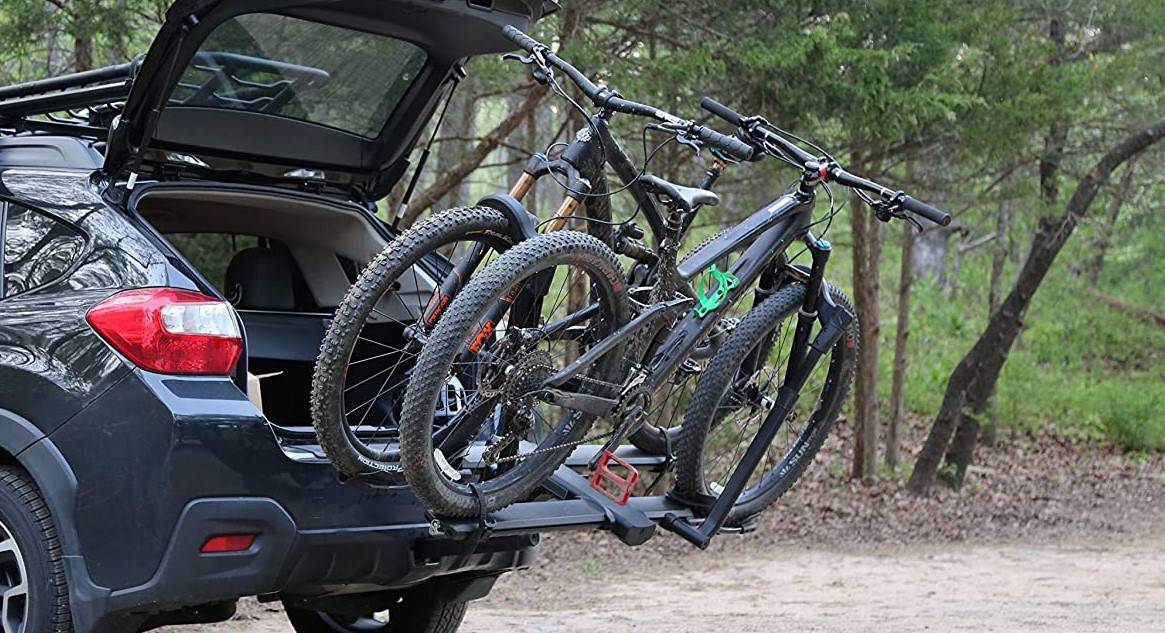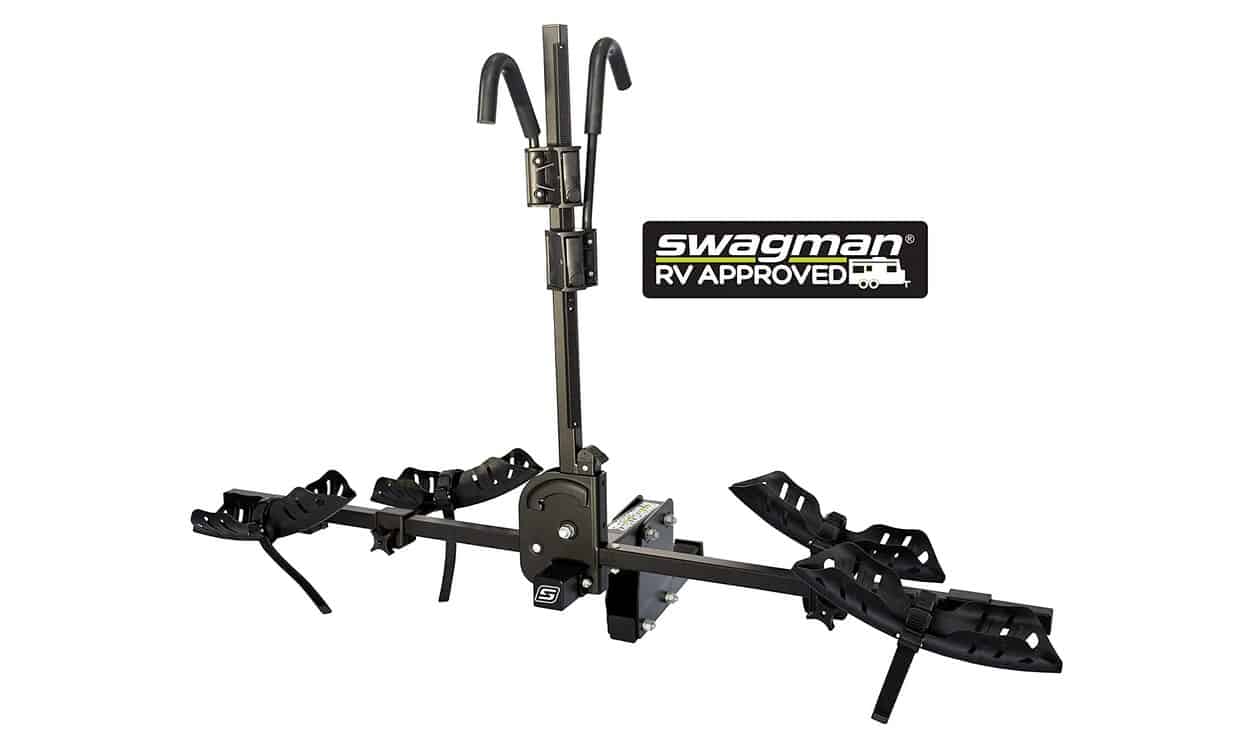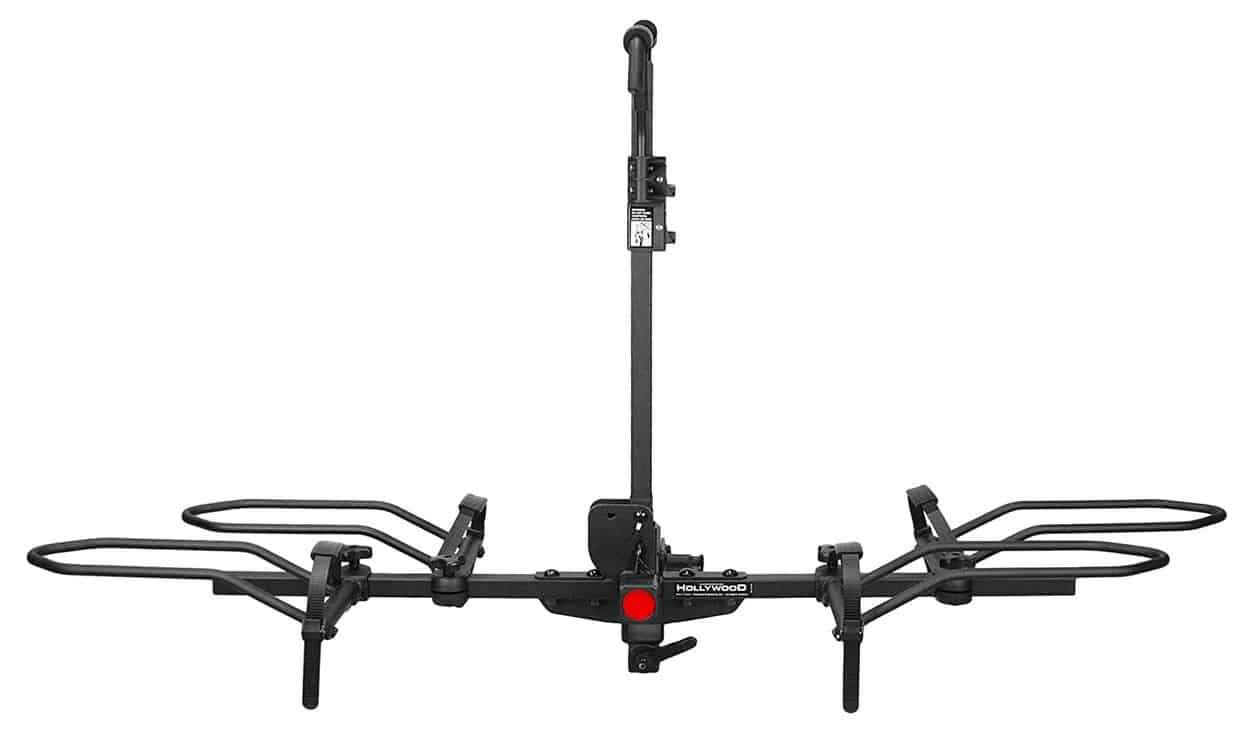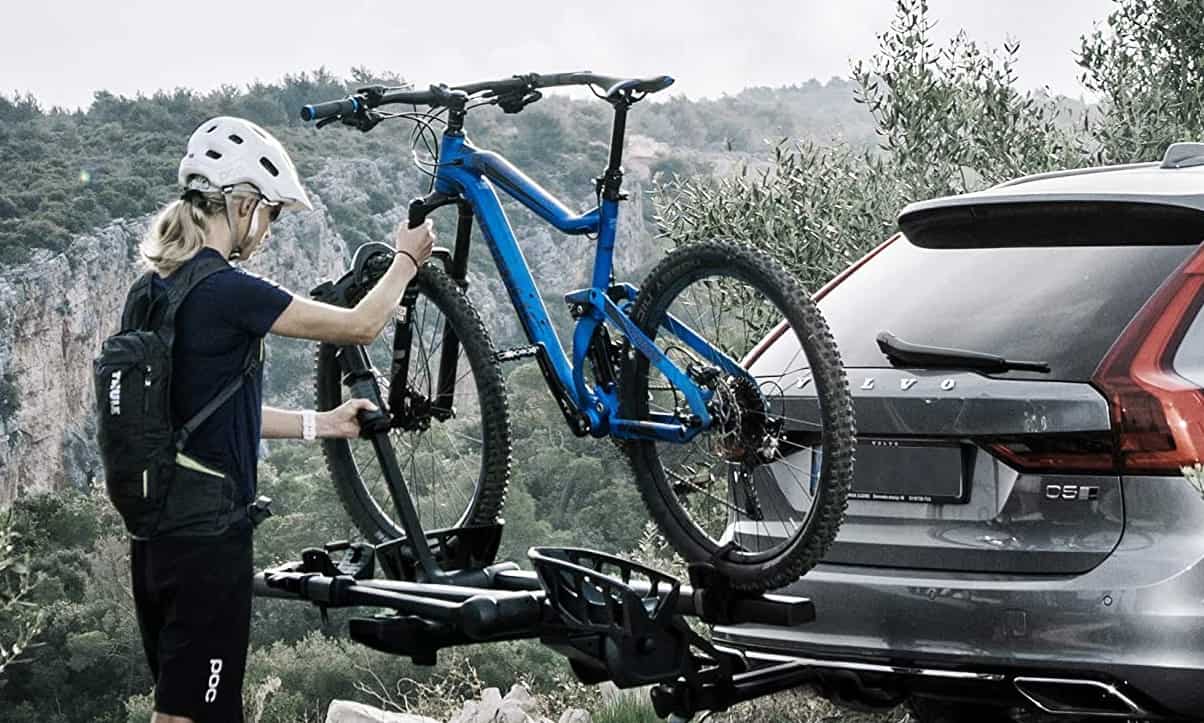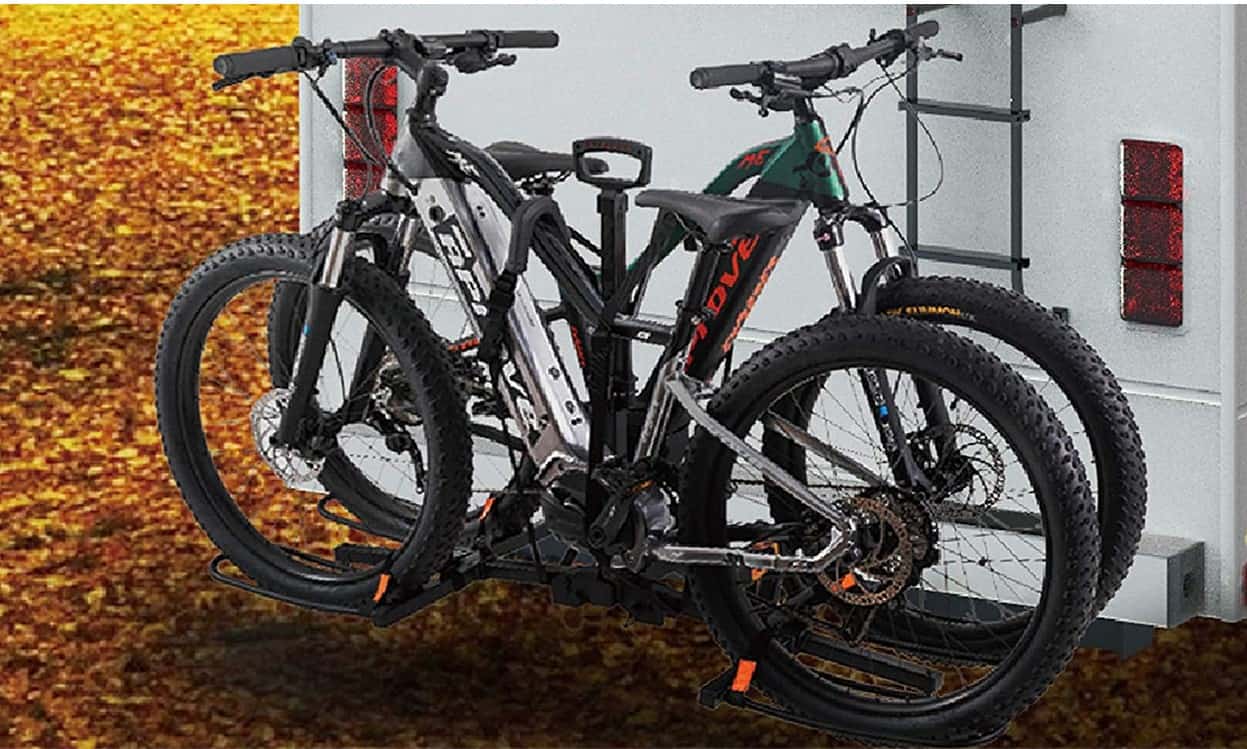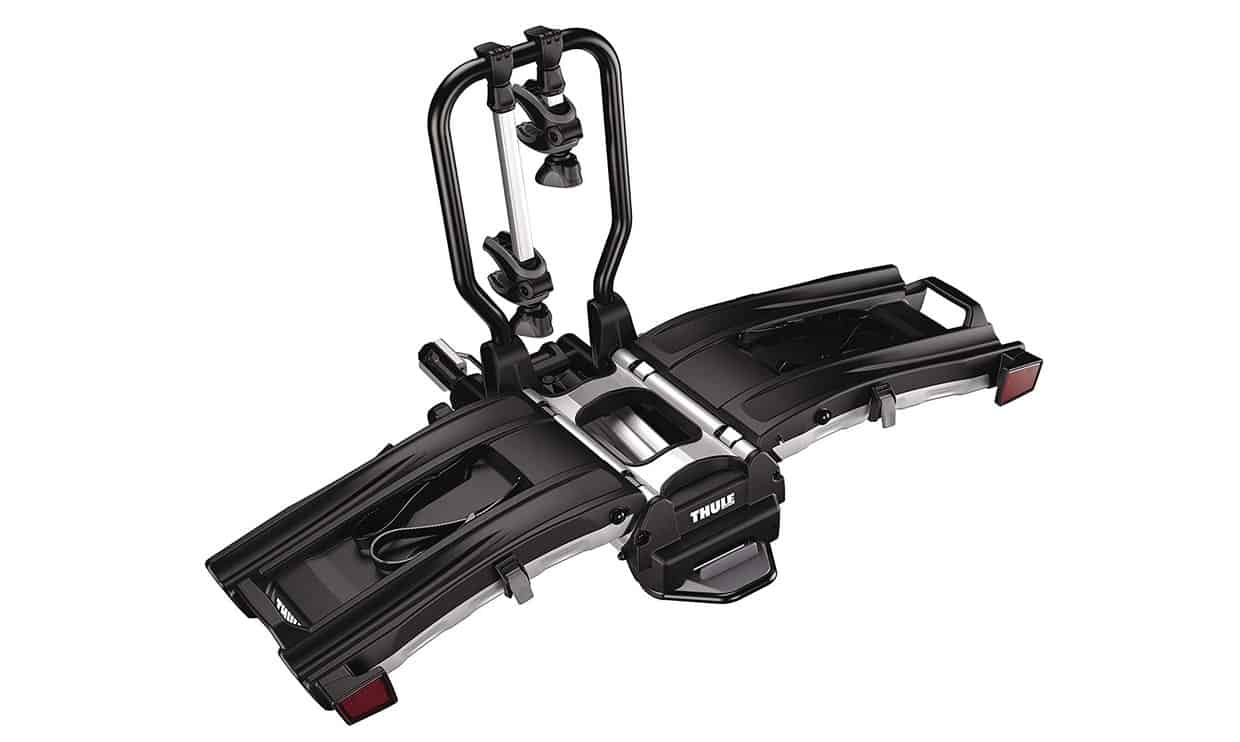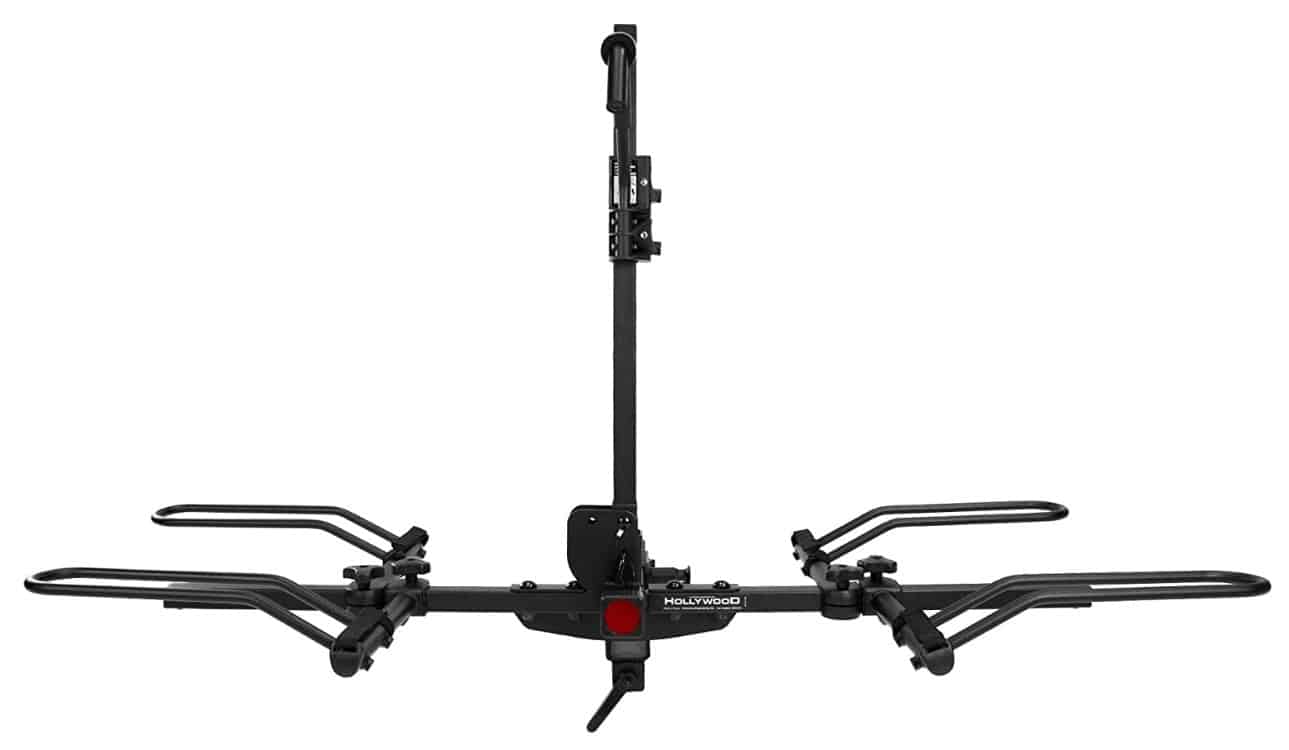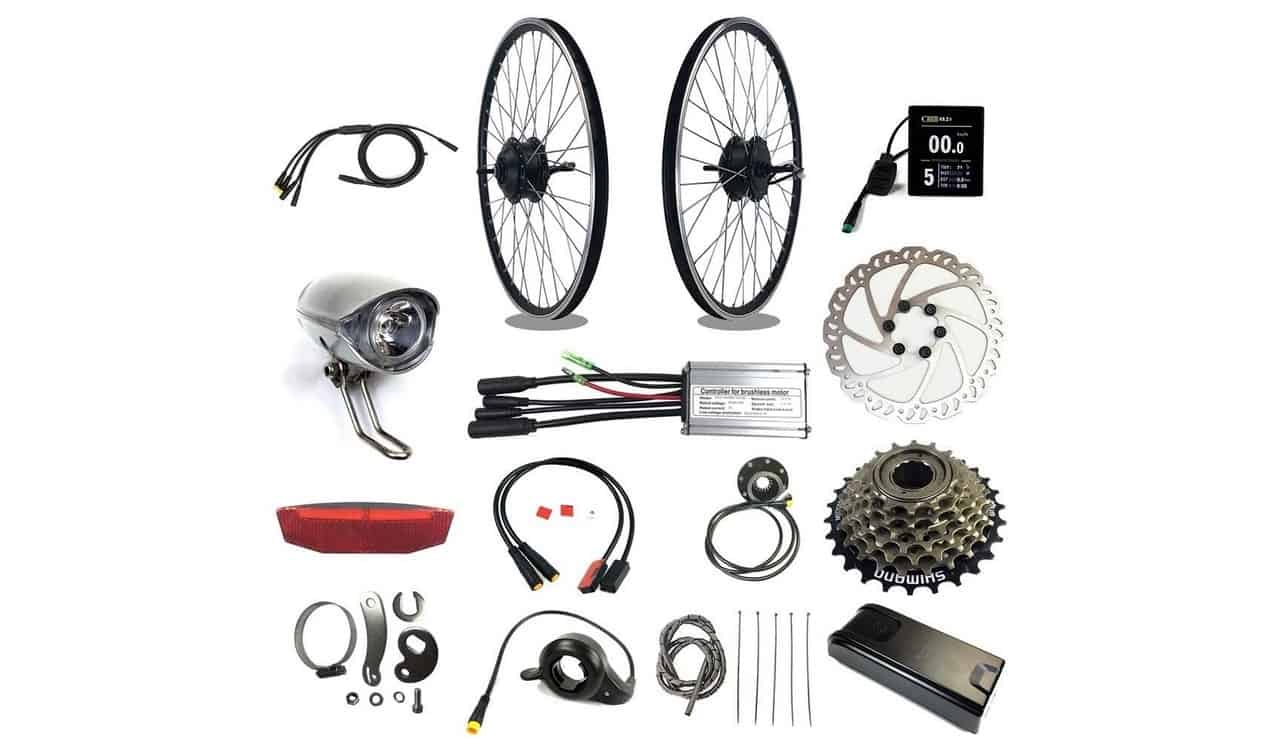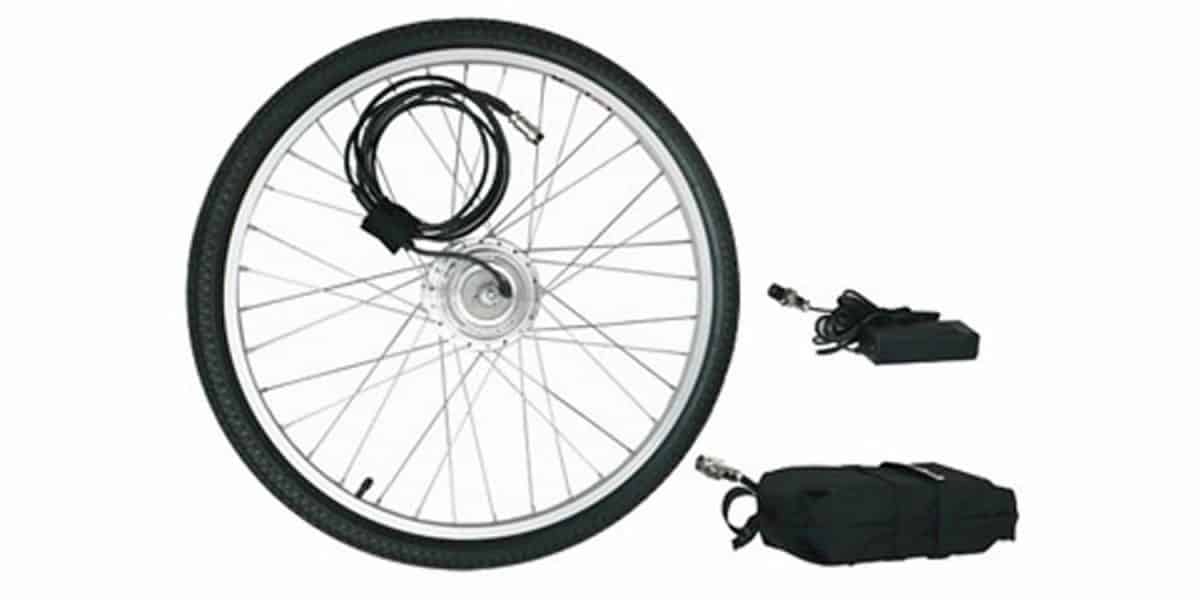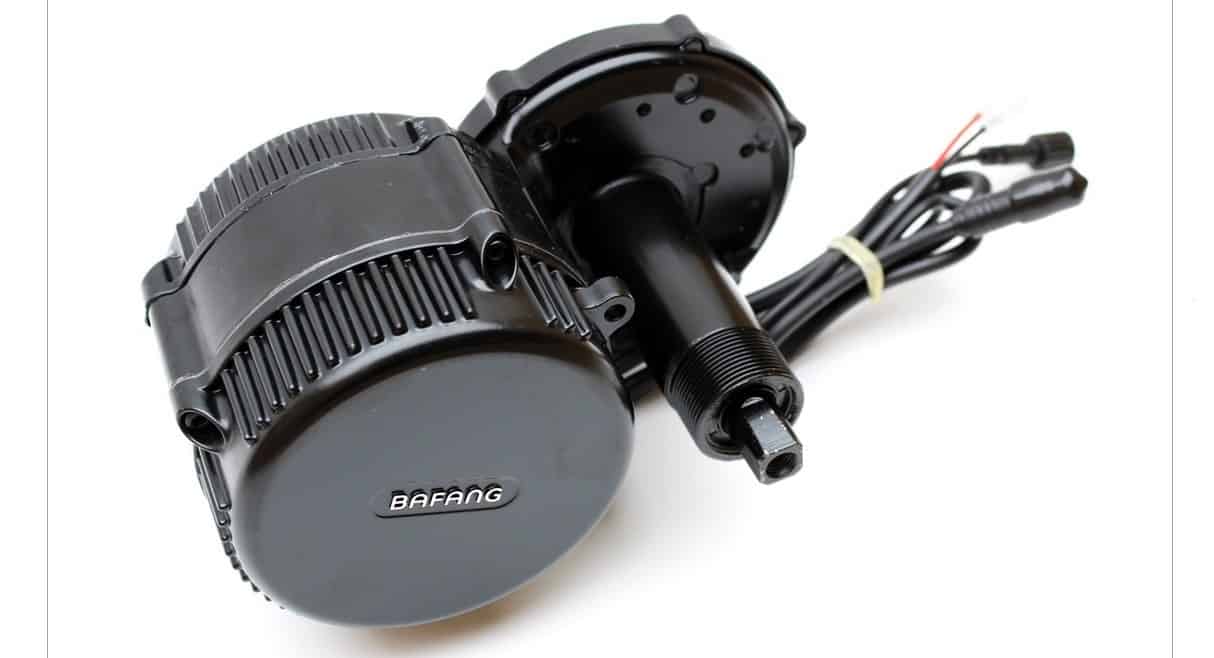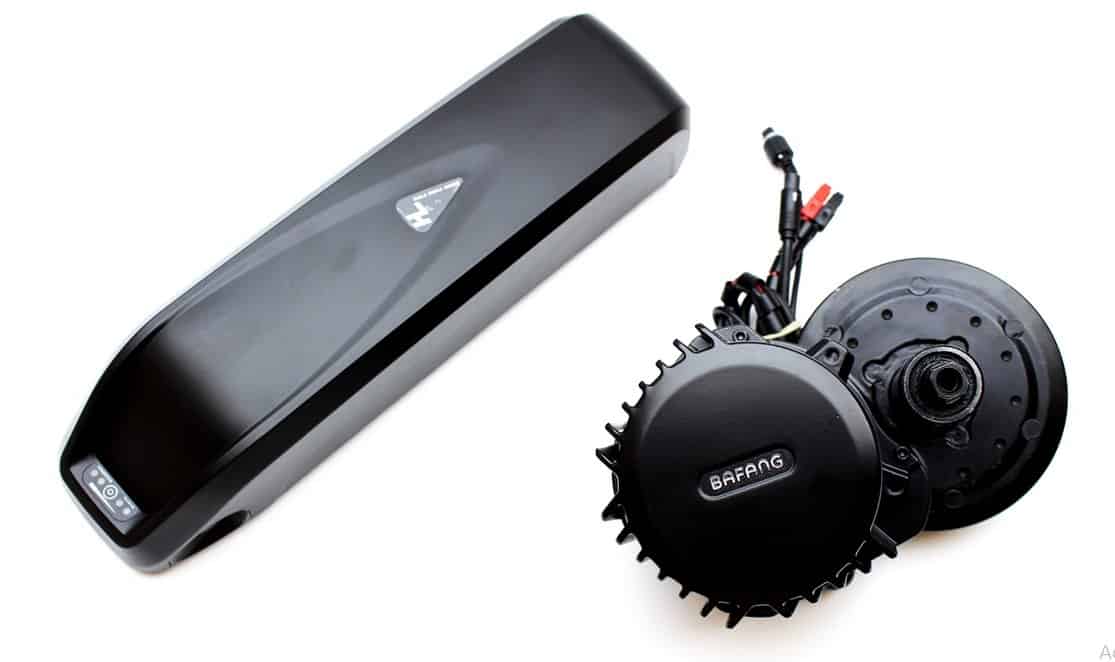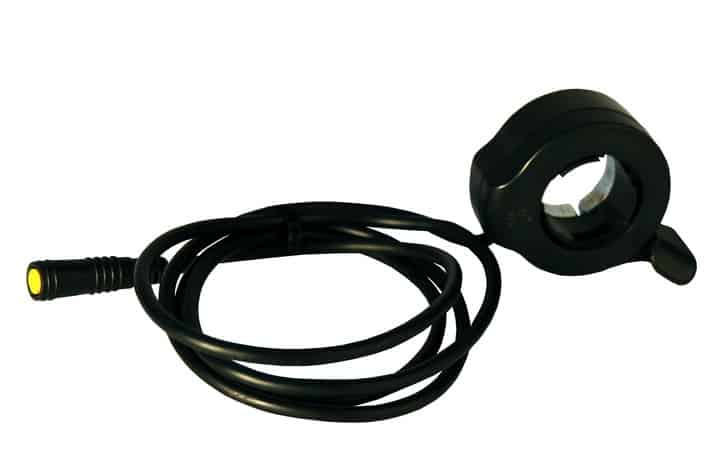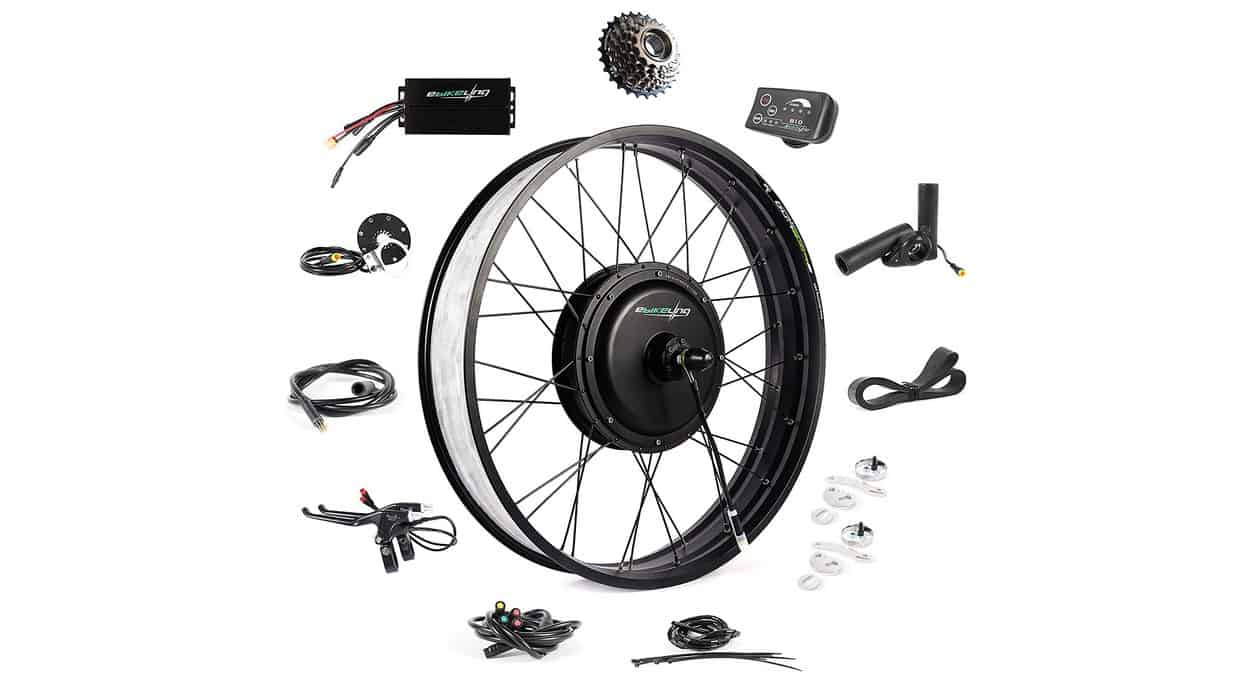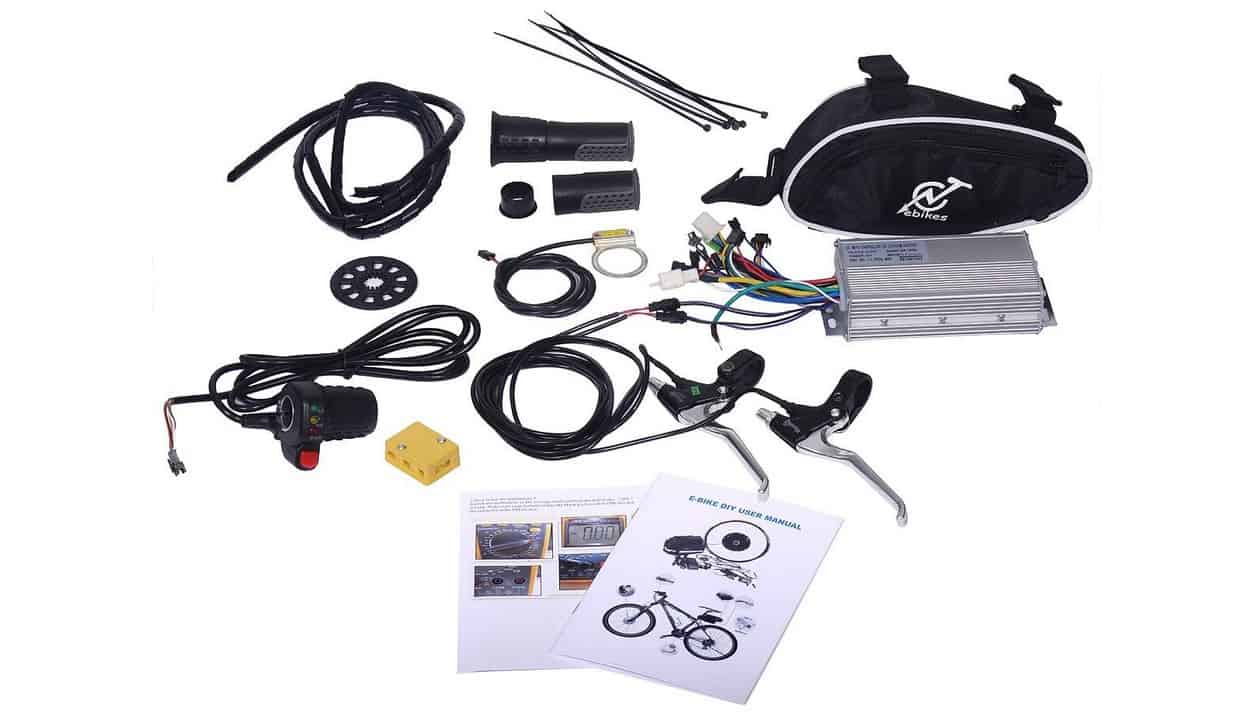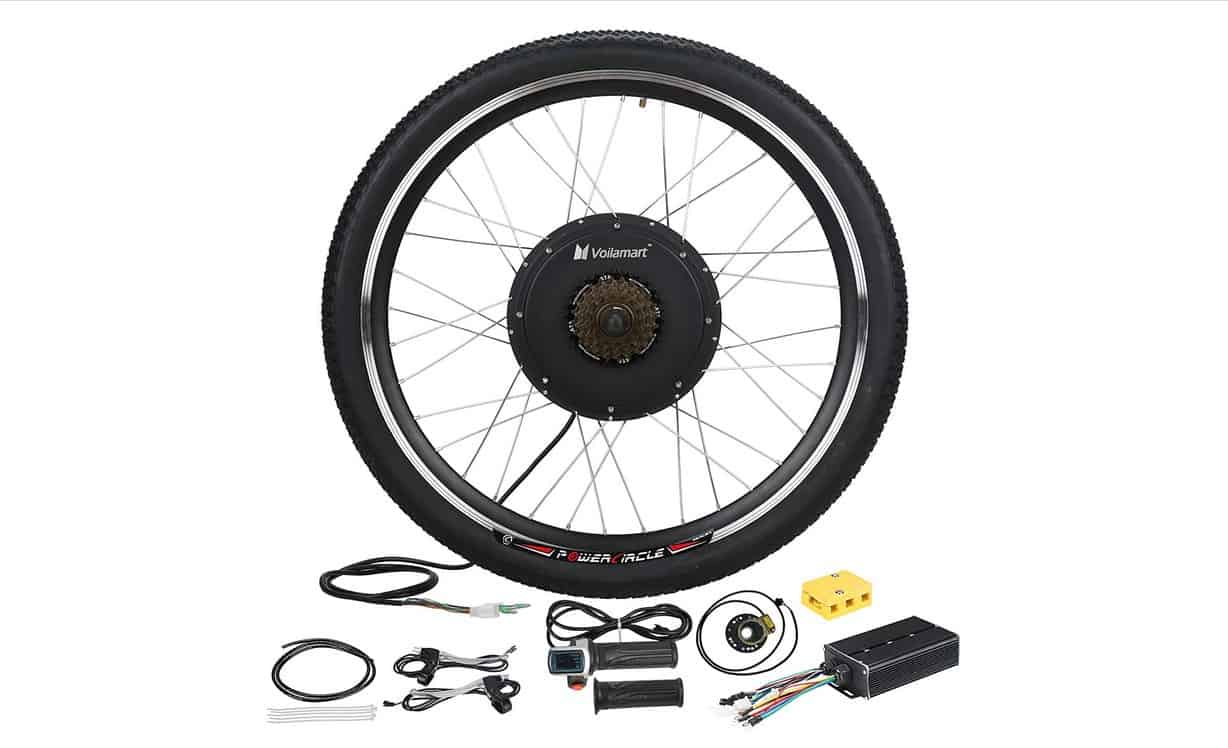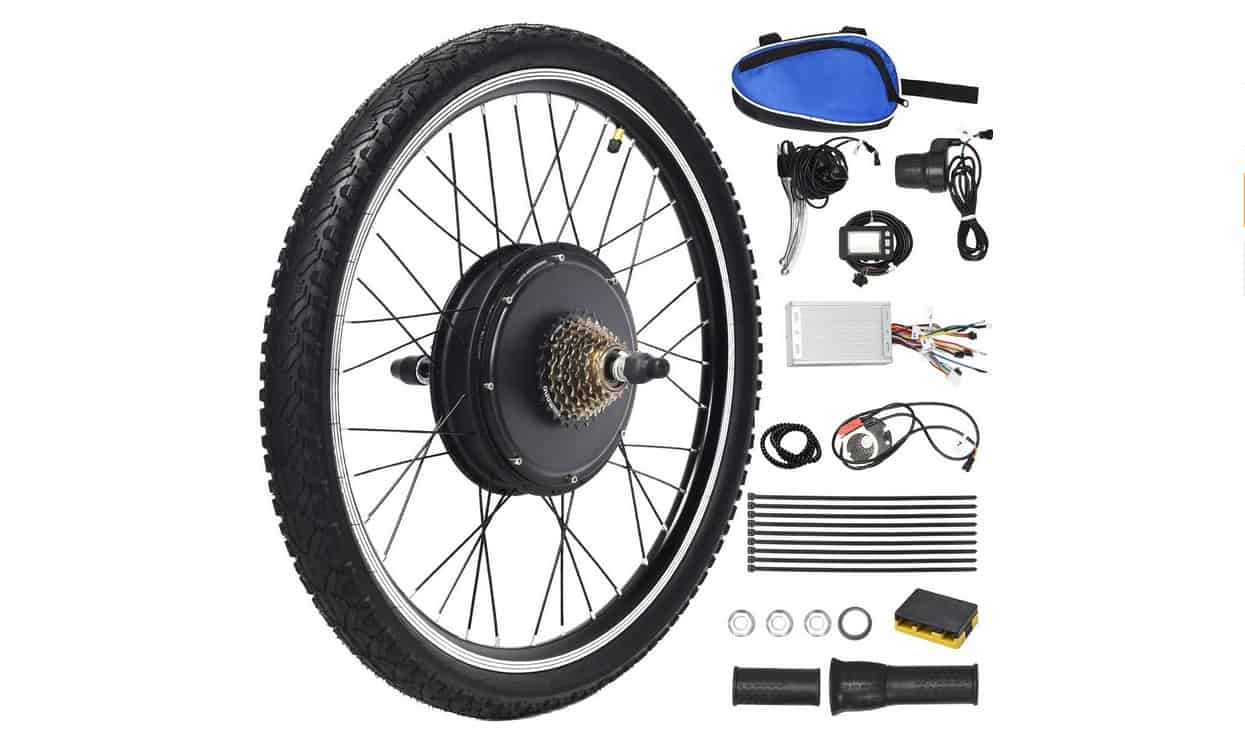Have you ever wondered how an electric bike works? In this article, we cover all of the different parts of an electric bike and how they work together to propel you forward. Keep reading to learn all about electric bikes and how they work. This way, you’ll be able to make an informed purchasing decision when shopping for top-performing electric bikes.
KEY TAKEAWAYS:
- The main components of an electric bike include a motor, battery, and computer system.
- Electric bikes can still operate as traditional bikes when you run out of power.
- The most common e-bikes are pedal-assist, which only provide power when activated.
The Key Components of an Electric Bike
To understand exactly how an e-bike works, you first need to understand the different components of these motorized vehicles.
Standard Bicycle Parts
This may be obvious, but an electric bike is simply a motorized bicycle. As such, it is first and foremost comprised of all the standard parts of a traditional bicycle. You’ll get a metal frame, two wheels, handlebars, pedals, and a chain. You can also expect your e-bike to have a brake system.
The Motor
The first part of your electric bike that stands out from a traditional bike is the motor. This is the heart of your e-bike because it is the component that provides pedaling assistance to your feet and power to your wheels. Most e-bikes offer one of two different kinds of motors: a hub motor or a mid-drive motor. Another thing to consider too is the electric bike ambient noise levels produced by the motor.
Hub Motors
These types of motors sit directly in the hub of either the front or back wheel of your e-bike. They provide rotational power directly to your wheel. Hub motors are the most common form of motors in e-bikes, but they have their own pros and cons. Hub motors are generally much easier to maintain and less likely to wear out over time. However, they are also less powerful and heavier than mid-drive motors.
Insider Tip
Hub motors are generally much easier to maintain and less likely to wear out over time.
Mid-Drive Motors
These types of motors sit in the pedal assembly of your e-bike. Instead of providing power directly to your wheels, mid-drive motors provide direct power to your bike’s chain, which passes along the power to your wheel. Mid-drive motors are becoming more common because they provide more power and are much more lightweight than hub motors.
The Battery
Your electric bike’s battery works in tandem with the motor to assist in your pedaling. It provides the juice to the motor, which in turn spins to speed up your bike. E-bikes can use a wide variety of different batteries, each with its own pros and cons. The most common type of e-bike battery is lithium because it offers less weight and more power overall.
The Computer
The last component of electric bikes is the computer system. This part of the e-bike is essential because it regulates the relationship between the motor and the battery. The computer system also allows you to adjust settings and monitor battery life. But the overall lifespan of the battery will depend on how well you safeguard your e-bike for riding in the rain.
How These Parts Make Your E-Bike Work
All of the components described above work together to create what we recognize as an electric bike. The computer controls the power your battery provides to the motor. Once you activate the motor, it assists your pedaling in different ways, depending on where the motor is installed. There are a few different types of electric bikes, which each function differently.
- Pedal-assist: Pedal-assist electric bikes are the most common form of electric bikes. Instead of providing 100% power, these e-bikes only give you additional power as you need it. You can activate the pedal-assist via a button on your handlebars and choose between low, medium, and high speeds. Pedal-assist electric bikes still require you to pedal.
- Throttle: Throttle electric bikes are more akin to electric scooters. Instead of assisting you in your pedaling, these e-bikes do all the work for you. Once you twist the throttle, the motor and battery take over and propel the bike forward. You won’t be required to pedal and often get higher speeds from these types of e-bikes.
- Pedal-only mode: Fortunately, every electric bike can still operate completely manually. If you ever run out of battery power, you won’t have to worry about being stranded. Simply pedal like you would on a traditional bicycle, and you’ll still be able to move forward.
Insider Tip
Mid-drive motors are becoming more common because they provide more power and are much more lightweight than hub motors.
F.A.Q.
Are e-bikes faster than regular bikes?
Not necessarily. In general, most e-bikes cap out at a maximum speed of 20 miles per hour with assistance. Of course, without power, you can always pedal faster or achieve higher speeds while going down inclines.
Can I ride an e-bike as a regular bike without electric power?
Yes, if you ever run out of battery power, you can always pedal your e-bike like a traditional bicycle.
Do you have to pedal electric bikes?
If you have a pedal-assist electric bike, then you will need to pedal, even when the motor is active. However, if you have a throttle electric bike, you won’t need to pedal.
How environmentally friendly are e-bikes?
Most e-bikes are very environmentally friendly, especially if you are using one in place of a car.
STAT: By 2023, the e-bike market is expected to grow to 300 million units in circulation. (source)
REFERENCES:
- https://en.wikipedia.org/wiki/Electric_bicycle
- https://en.wikipedia.org/wiki/Wheel_hub_motor
- https://medium.com/battery-lab/what-batteries-are-used-in-electric-bike-69c93bde918fr
- https://www.radpowerbikes.com/blogs/the-scenic-route/the-history-of-ebikes
- https://www.calbike.org/wp-content/uploads/2019/02/A-North-American-Survey-of-Electric-Bicycle-Owners.pdf

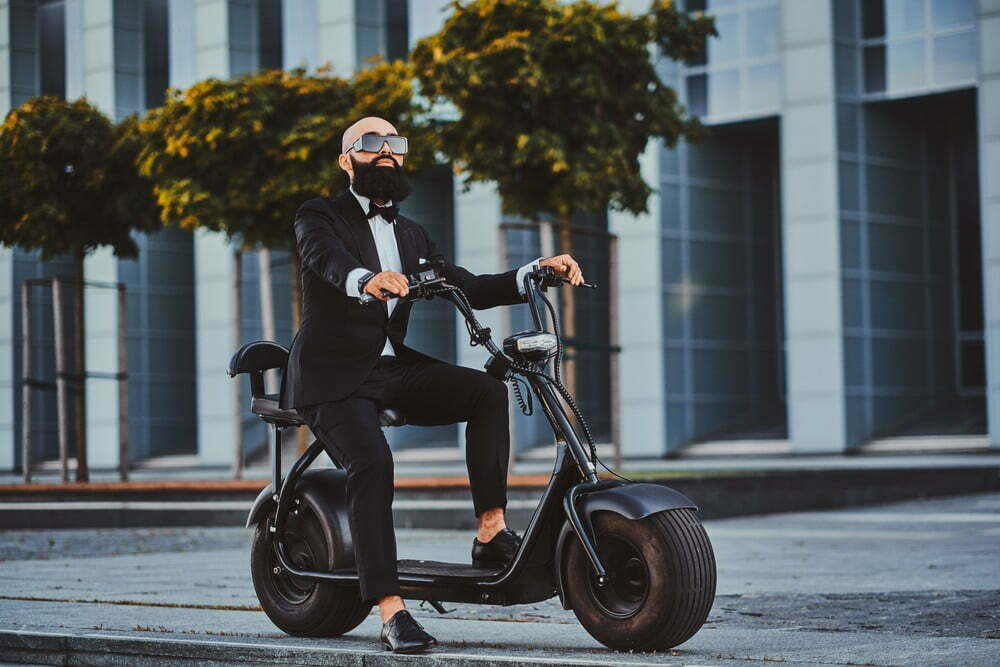













![Best Batteries for Electric Bikes in [year] 7 Best Batteries for Electric Bikes in 2025](https://www.gadgetreview.dev/wp-content/uploads/best-battery-for-electric-bike.jpeg)
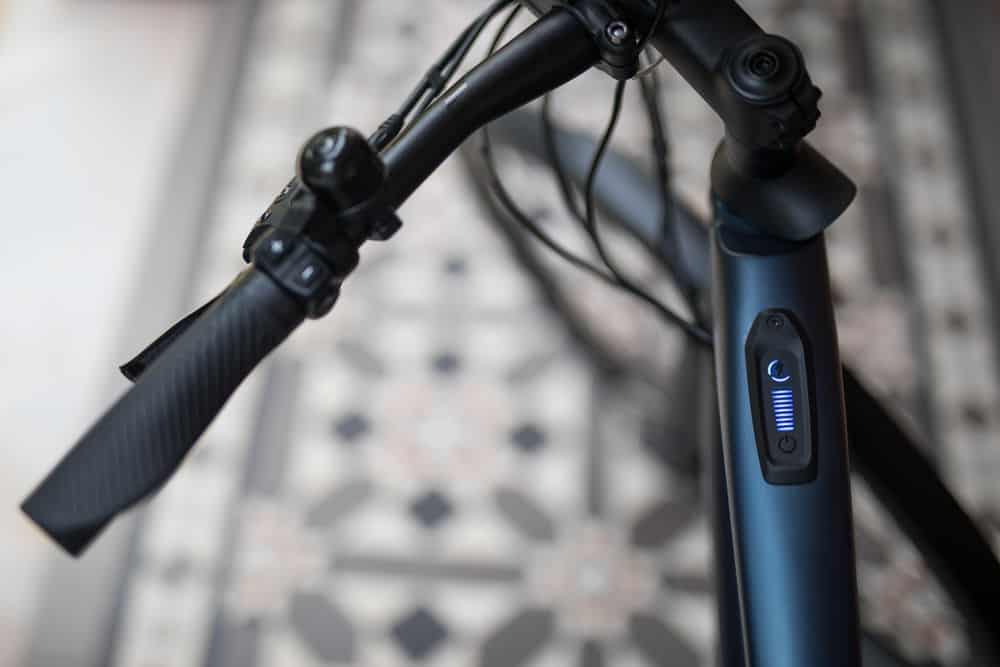
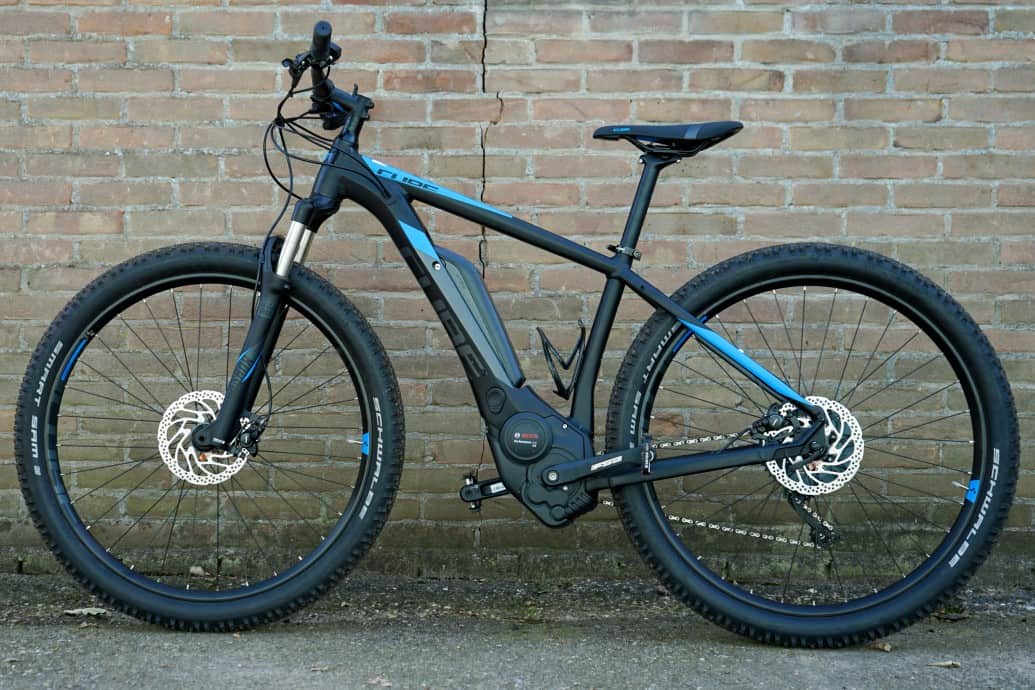
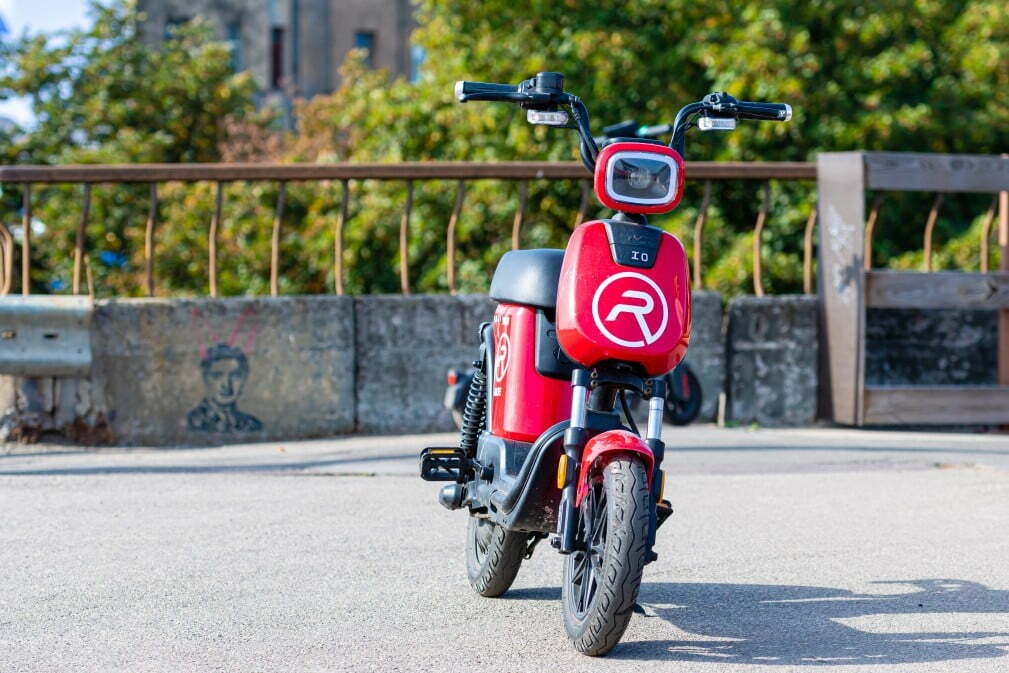
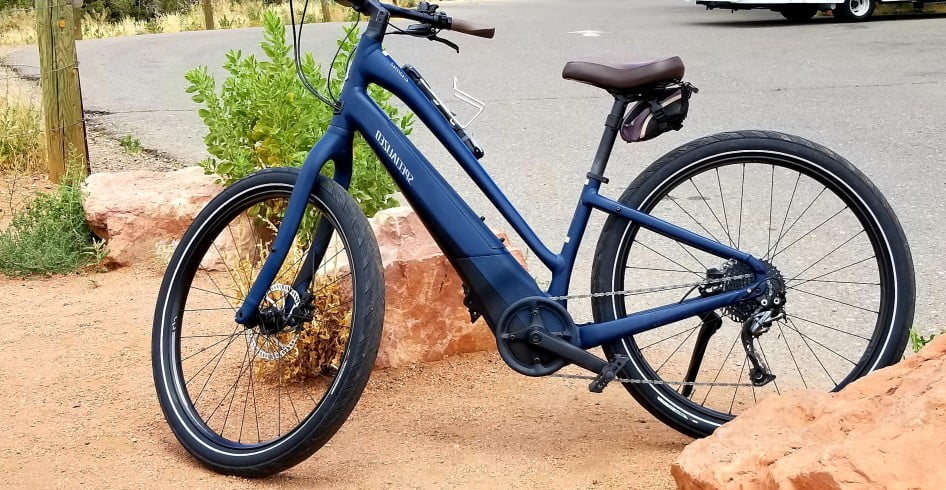
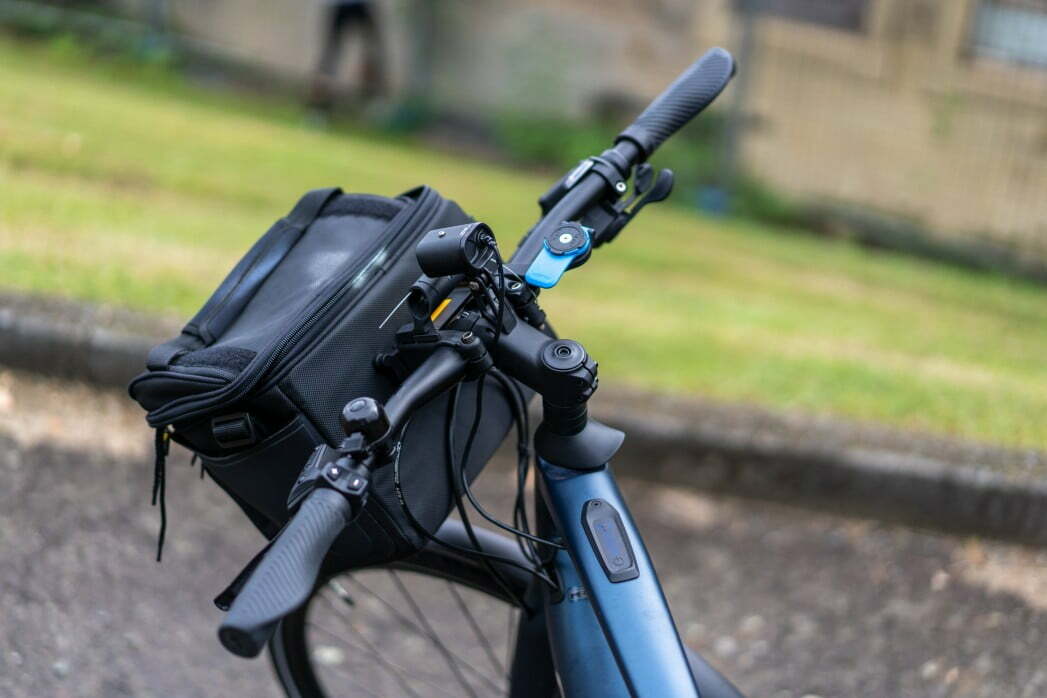
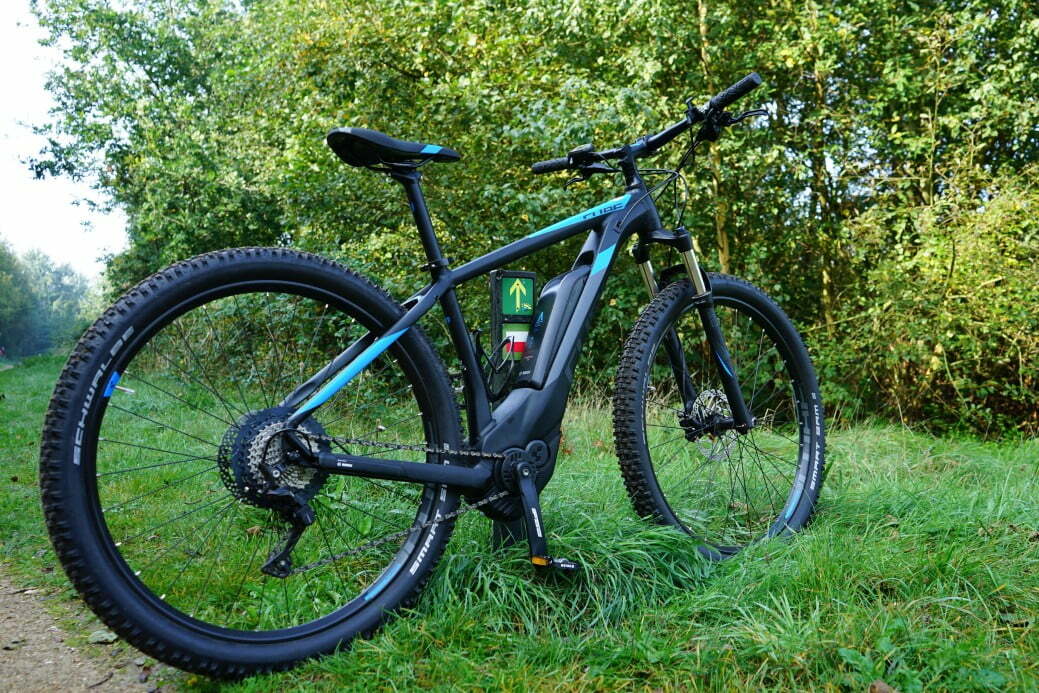
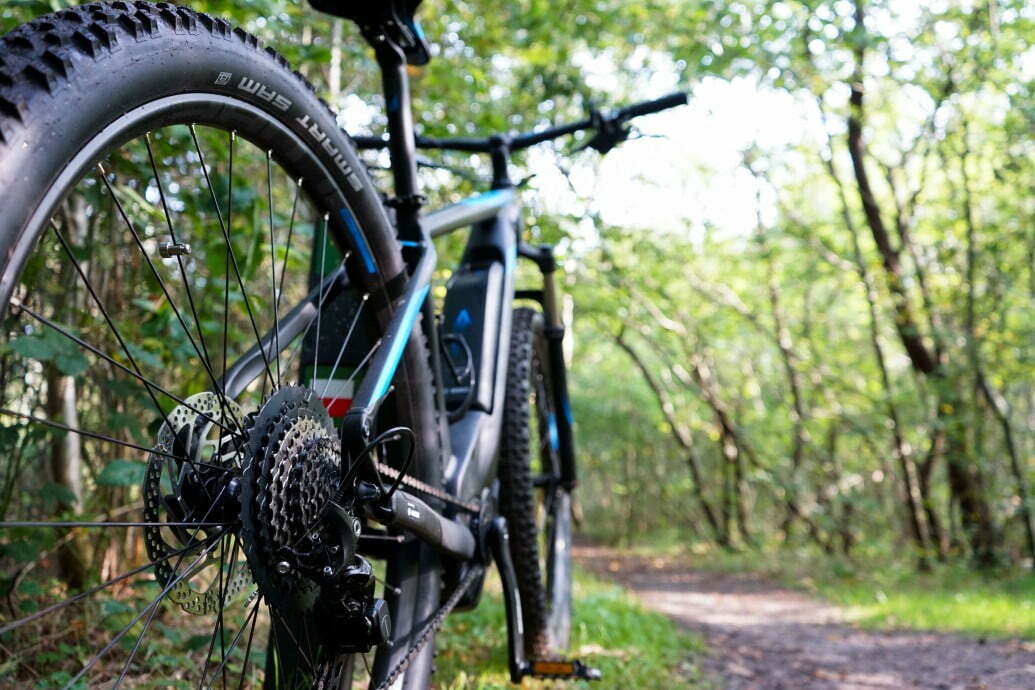
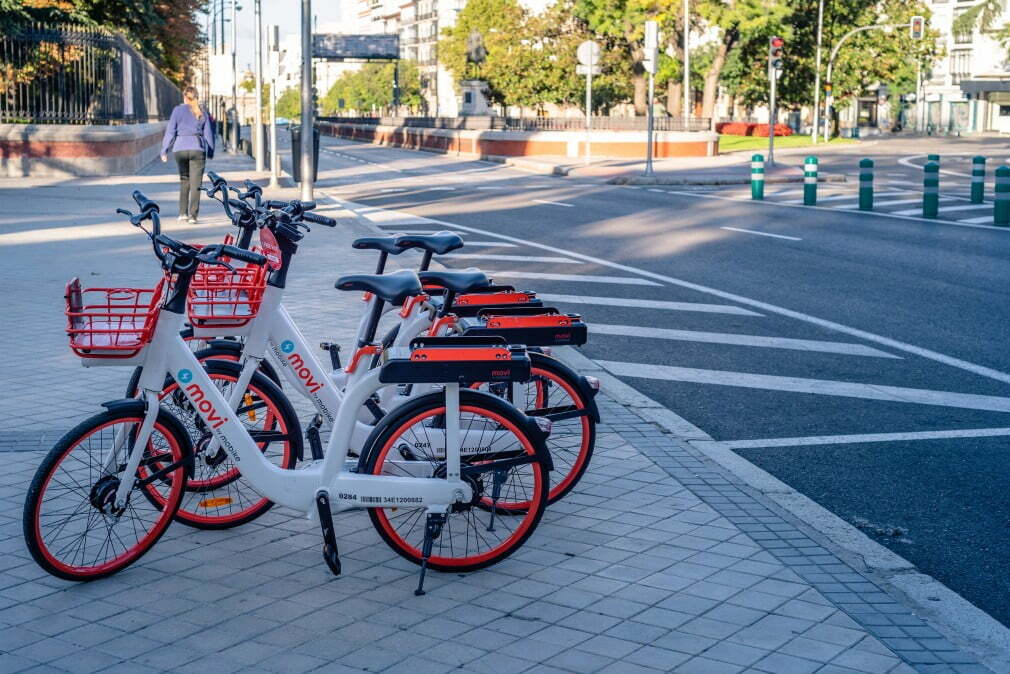
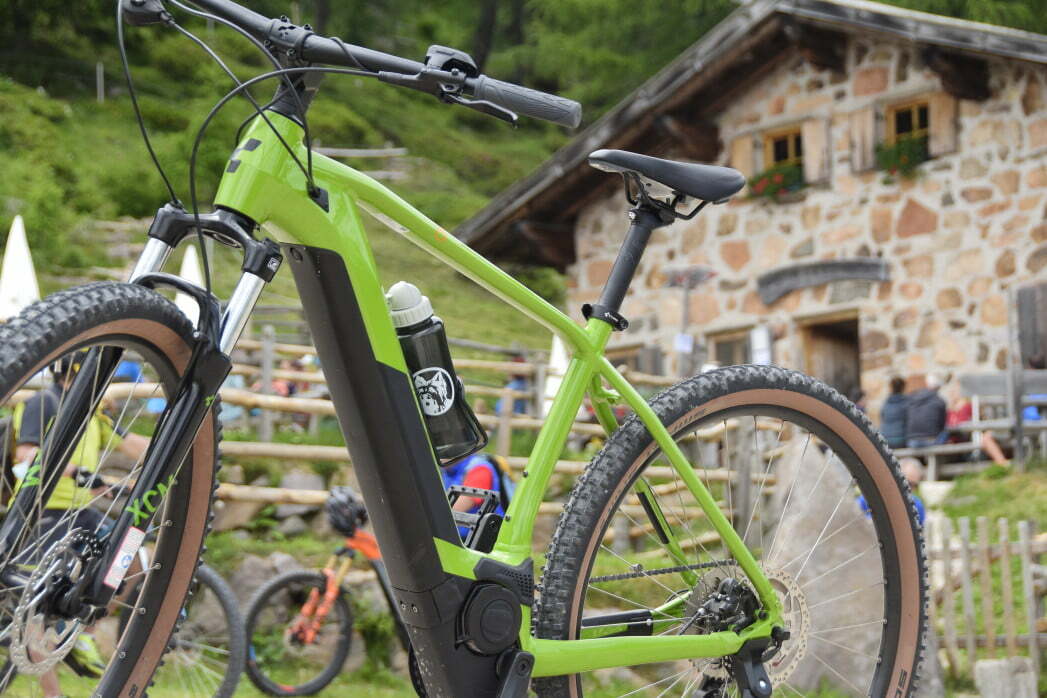
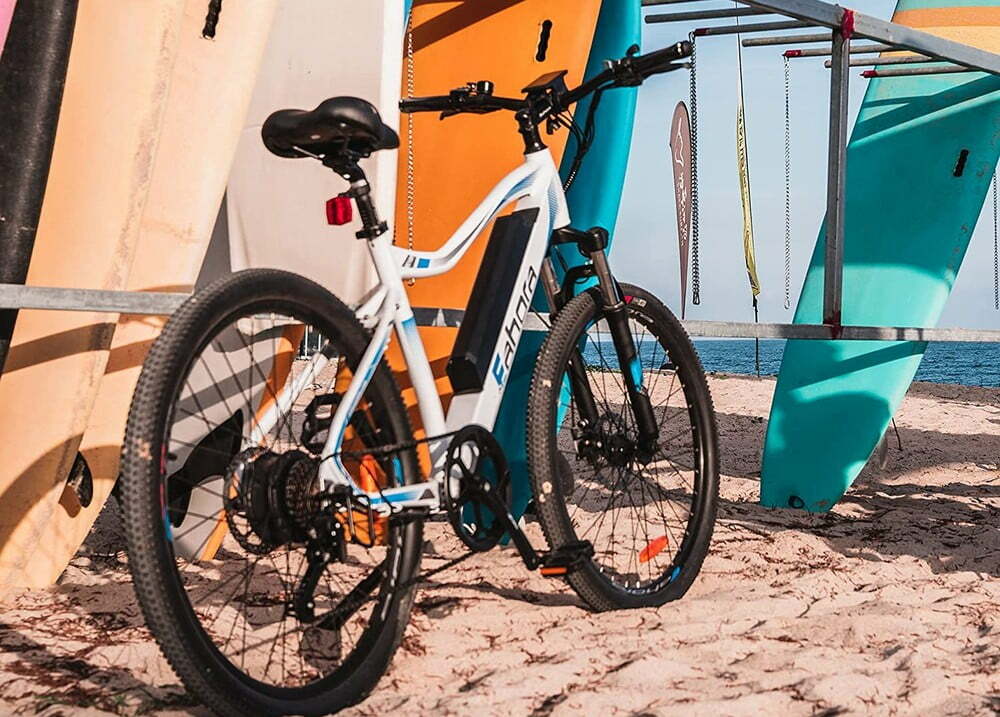
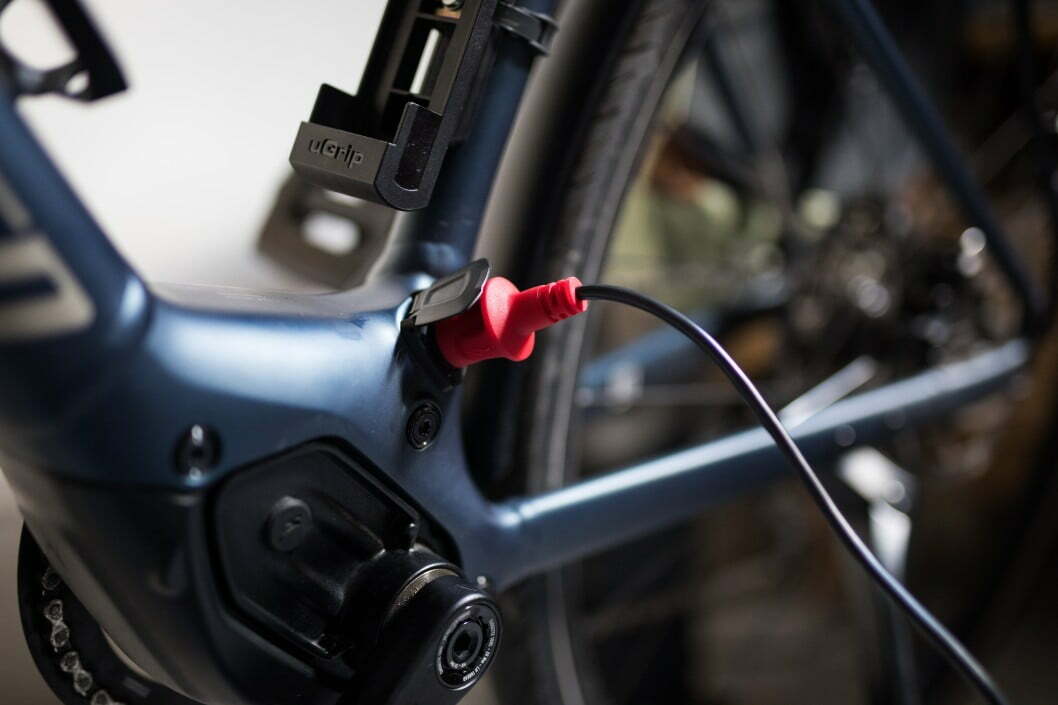
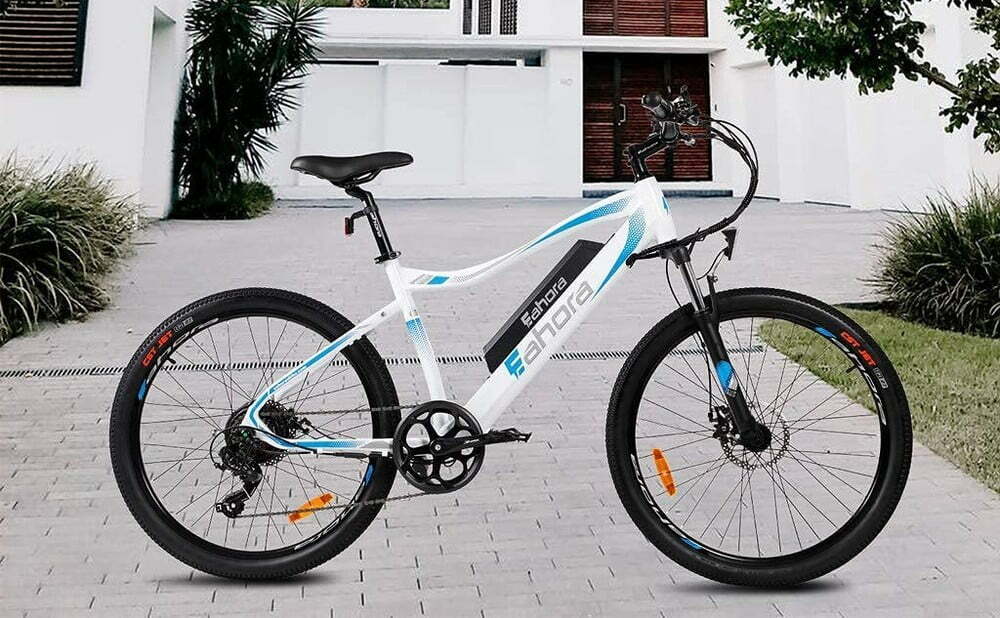
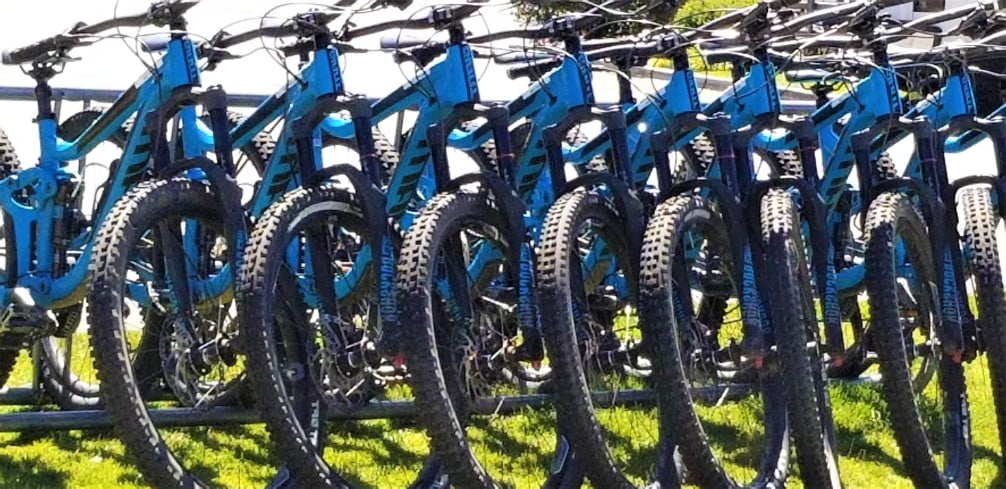

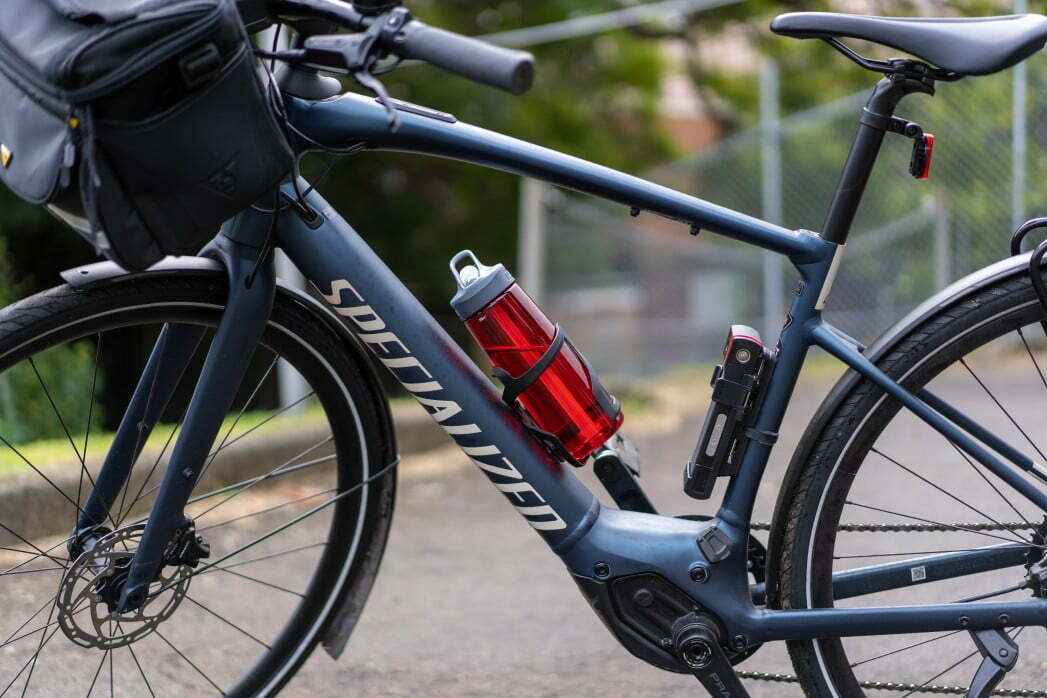
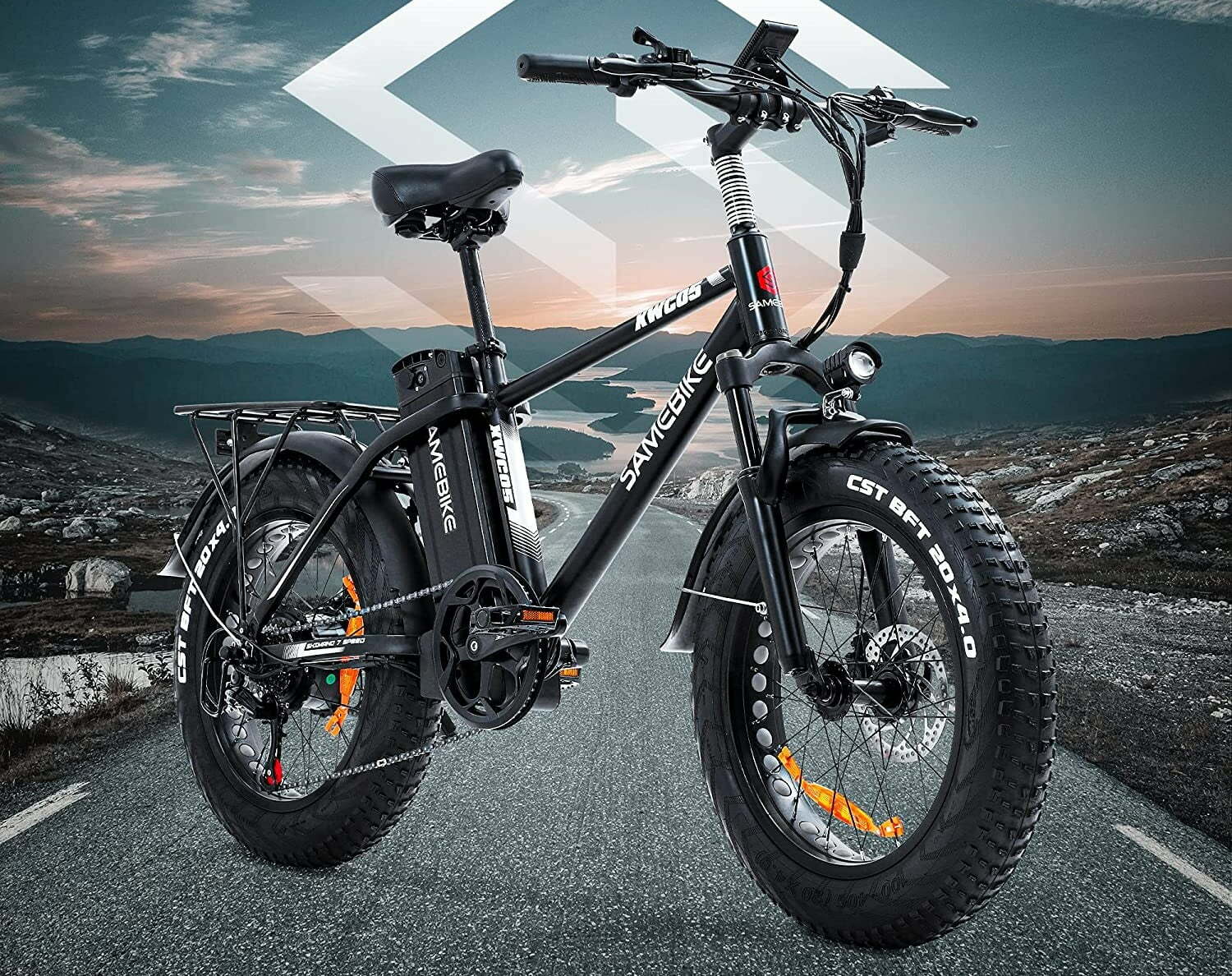
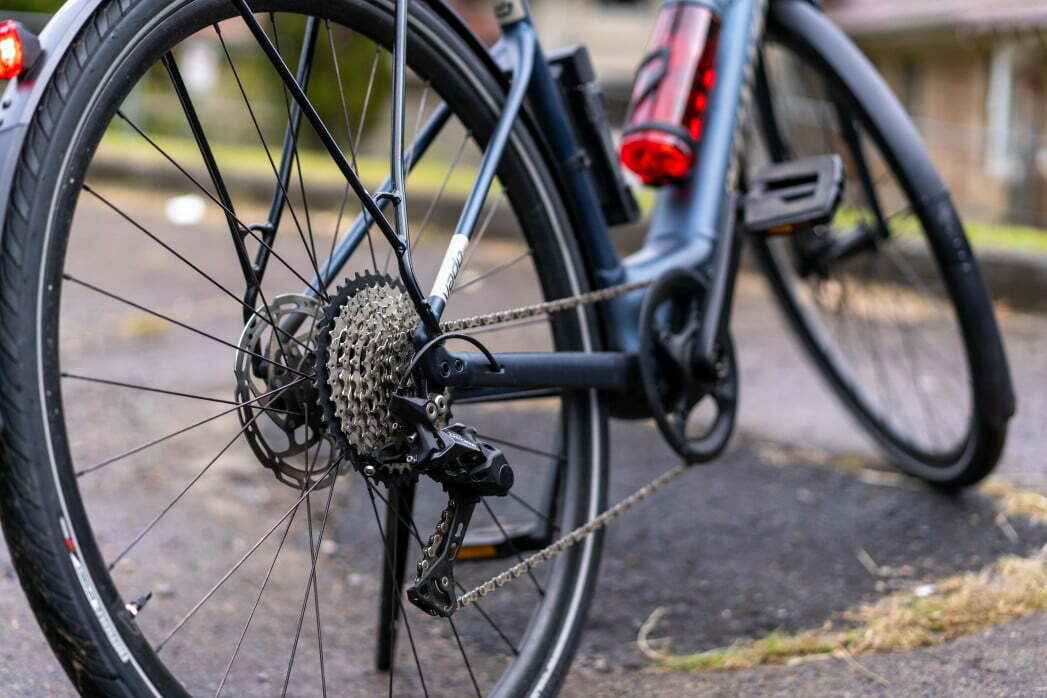
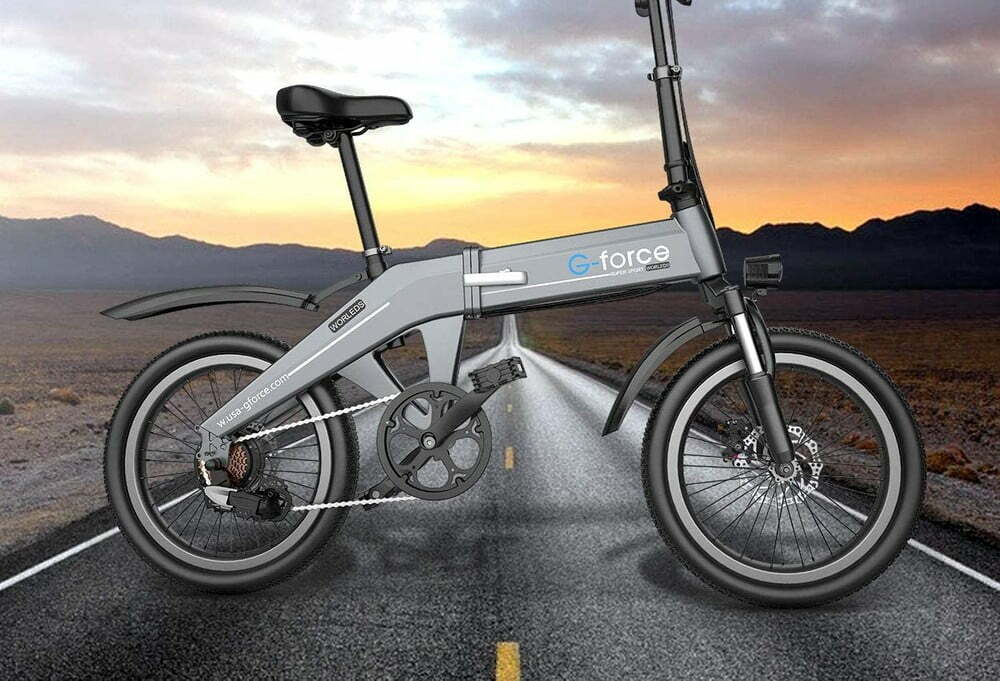
![Best Electric Bike in [year] ([month] Reviews) 27 Best Electric Bike in 2025 (December Reviews)](https://www.gadgetreview.dev/wp-content/uploads/elby-s9-750x422-1.png)
![Best Bikes in [year] ([month] Reviews) 28 Best Bikes in 2025 (December Reviews)](https://www.gadgetreview.dev/wp-content/uploads/cheapest-electric-bikes-1.jpg)
![Best Front Drive Electric Motor Bikes in [year] 29 Best Front Drive Electric Motor Bikes in 2025](https://www.gadgetreview.dev/wp-content/uploads/best-front-drive-electric-motor-bikes-image.jpg)
![Best Cannondale Electric Bikes in [year] 30 Best Cannondale Electric Bikes in 2025](https://www.gadgetreview.dev/wp-content/uploads/best-cannondale-electric-bikes-image.jpg)
![Best Luna Cycle Electric Bikes in [year] 31 Best Luna Cycle Electric Bikes in 2025](https://www.gadgetreview.dev/wp-content/uploads/Luna-Cycle-Apex-Electric-Bike.webp)
![Best Rad Power Electric Bikes in [year] 32 Best Rad Power Electric Bikes in 2025](https://www.gadgetreview.dev/wp-content/uploads/best-rad-power-electric-bikes-image.jpg)
![Best Rear Drive Motor Electric Bikes in [year] 33 Best Rear Drive Motor Electric Bikes in 2025](https://www.gadgetreview.dev/wp-content/uploads/best-rear-drive-motor-electric-bikes-image.jpg)
![Best Ebike Conversion Kits in [year] 34 Best Ebike Conversion Kits in 2025](https://www.gadgetreview.dev/wp-content/uploads/best-ebike-conversion-kit.jpg)
![Best Electric Bike Locks in [year] 35 Best Electric Bike Locks in 2025](https://www.gadgetreview.dev/wp-content/uploads/best-electric-bike-locks-image.jpg)
![Ebikes with Longest Range in [year] 36 Ebikes with Longest Range in 2025](https://www.gadgetreview.dev/wp-content/uploads/best-ebike-with-longest-range-image.jpg)
![Best Electric Bike Trailers in [year] 37 Best Electric Bike Trailers in 2025](https://www.gadgetreview.dev/wp-content/uploads/best-electric-bike-trailers-image.jpg)
![Best Bike Rack for Electric Bikes in [year] 38 Best Bike Rack for Electric Bikes in 2025](https://www.gadgetreview.dev/wp-content/uploads/best-bike-rack-for-electric-bikes-image.jpg)
![Best Electric Bike Helmets in [year] 39 Best Electric Bike Helmets in 2025](https://www.gadgetreview.dev/wp-content/uploads/best-electric-bike-helmets-image.jpg)
![Best Throttle Electric Bikes in [year] 40 Best Throttle Electric Bikes in 2025](https://www.gadgetreview.dev/wp-content/uploads/best-throttle-electric-bike-image.jpg)
![Lightest Electric Bikes in [year] 41 Lightest Electric Bikes in 2025](https://www.gadgetreview.dev/wp-content/uploads/lightest-electric-bike-image.jpg)
![Best Schwinn Electric Bikes in [year] 42 Best Schwinn Electric Bikes in 2025](https://www.gadgetreview.dev/wp-content/uploads/Electric-Bikes-image.jpg)
![Best All Terrain Electric Bikes in [year] 43 Best All Terrain Electric Bikes in 2025](https://www.gadgetreview.dev/wp-content/uploads/best-all-terrain-electric-bike-image.jpg)
![Best Cheapest Electric Bikes in [year] 44 Best Cheapest Electric Bikes in 2025](https://www.gadgetreview.dev/wp-content/uploads/cheapest-electric-bikes.jpg)
